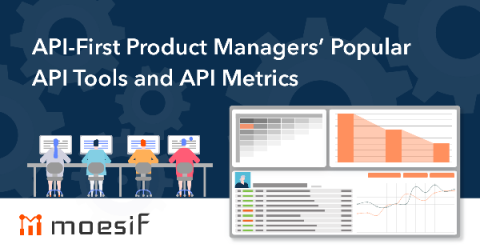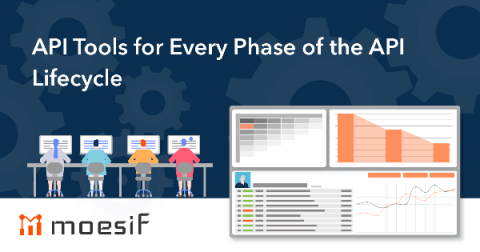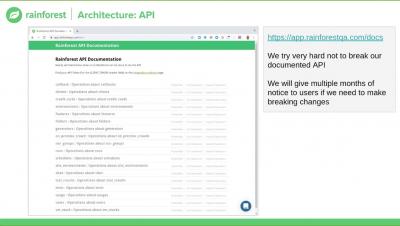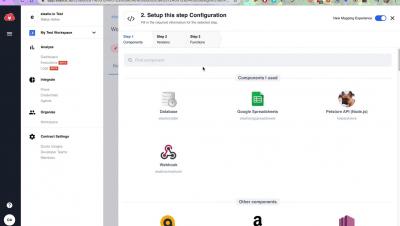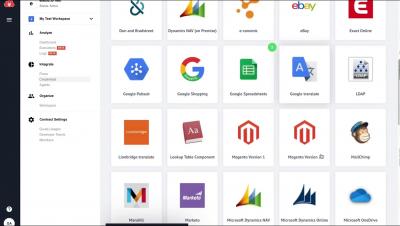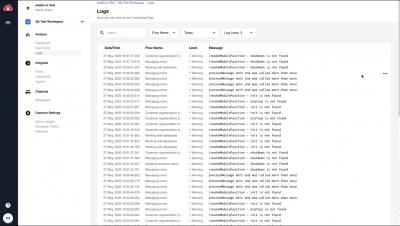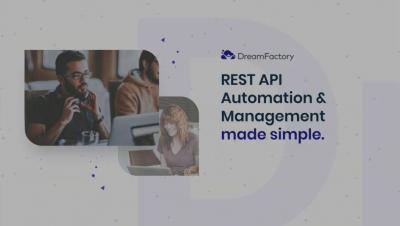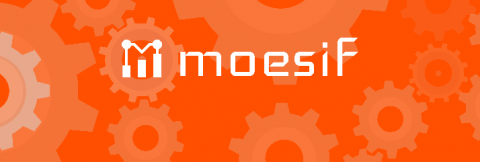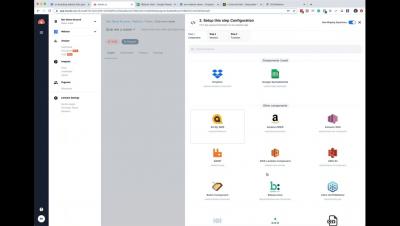Kuma 0.6.0 Released With Hybrid Universal Support for Service Mesh and CNCF Donation
We are happy to announce the much-anticipated Kuma 0.6 release! This new release ships with major improvements, especially when it comes to supporting service meshes that can span across multiple clouds, multiple Kubernetes clusters and hybrid platforms (Kubernetes + VMs) in enterprise environments. Kuma has also been donated to the CNCF as a Sandbox project: the first Envoy-based service mesh to ever be donated to the foundation. Let’s unwrap these announcements.



